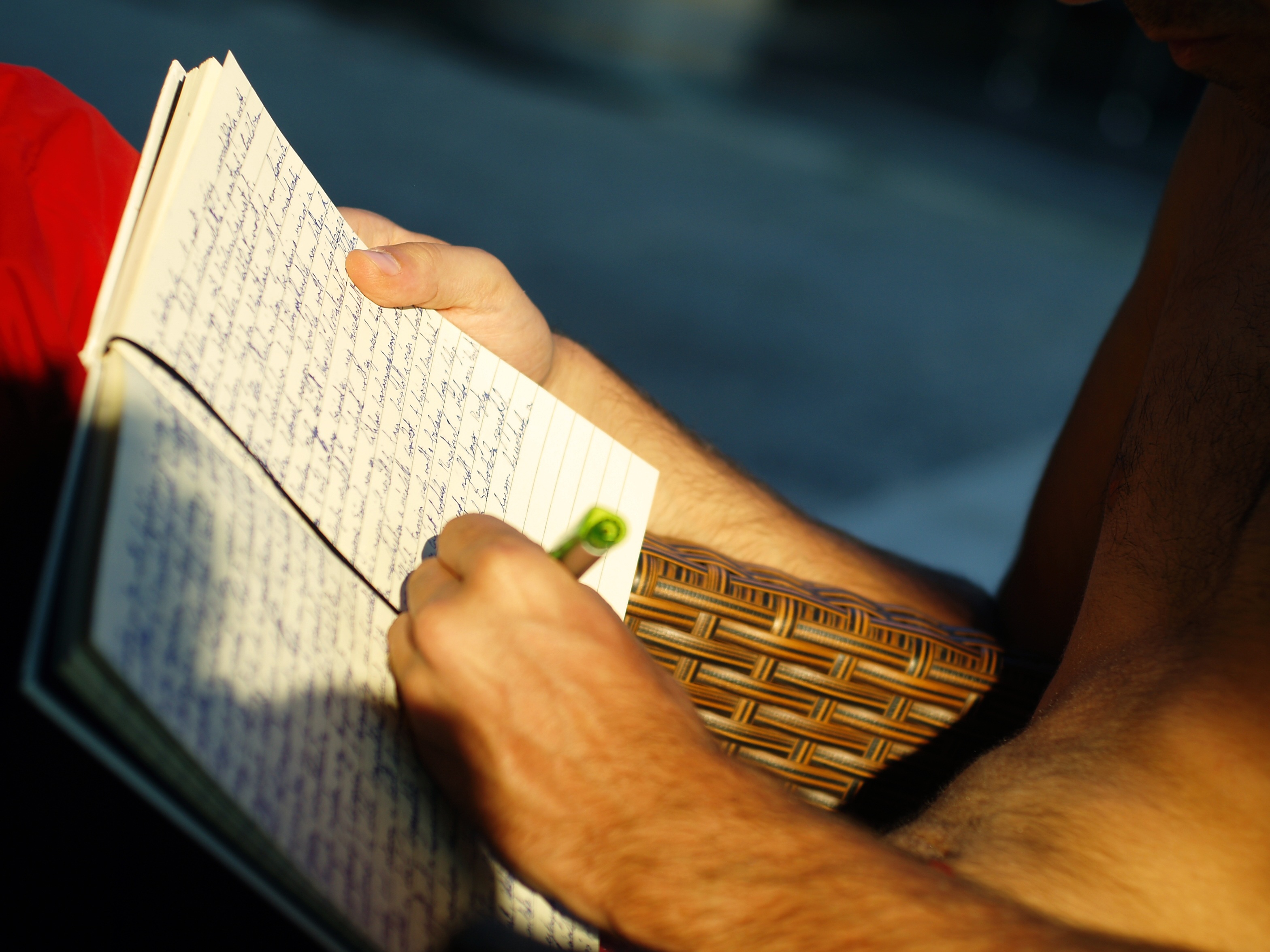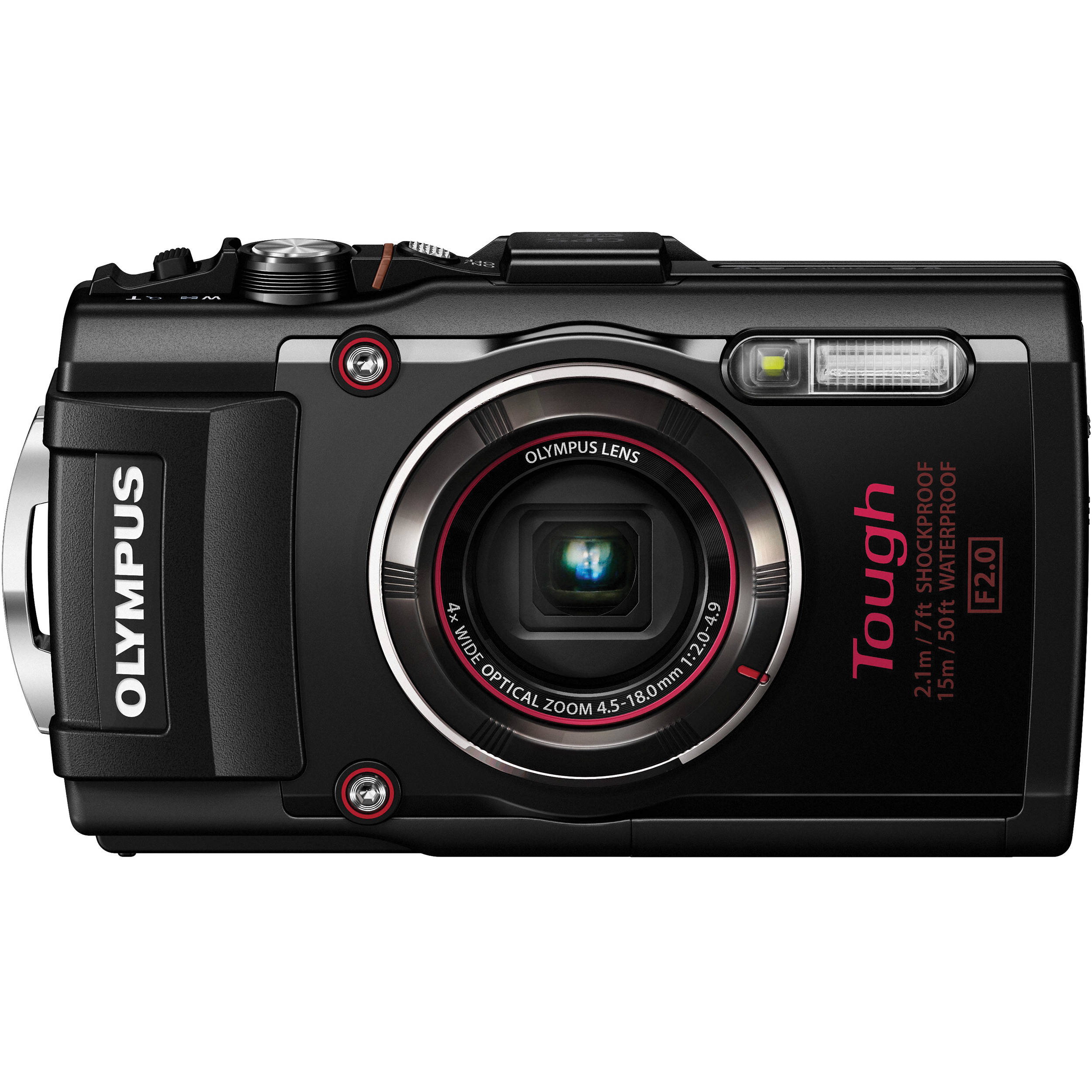These are my step-by-step choices and reasoning behind making very realistic photos that make the viewer feel like they are looking at a real scene and actually there, not looking at a photo, using ON1 photo software.
Continue readingCreating Photos With Realism

Have you seen a photo that looks so real it almost comes off of the page or draws you into it? Have you seen one that gives you the sense of actually being there? Does it seem like you are there where the photographer was and now seeing it with your own eyes?
If you have, you’ve probably seen a photo with one or more of the following qualities that make it look realistic.
Continue readingReview: The Tough Camera I Take Everywhere Without Fear
I worry about damaging my cameras. Who doesn’t? But I finally found one that I don’t fear taking anywhere I go. The Olympus Tough camera. It beats the GoPro hands down in my opinion. Here’s why:
Continue readingThe Lensbaby Velvet 56 Lens
I have owned the Lensbaby Velvet 56 lens for quite some time but have only recently been shooting with it and wow, I didn’t know what I was missing!

The lens itself is intimidating to me because it is a manual focus and manual aperture meaning that you have to contend with two factors on the lens itself whilst also setting the camera correctly.
Nevertheless, it is easy once you get the hang of it. Here’s how.
Continue readingCreating Cinematic Widescreen Photos and Video With an APS-C dSLR and Lenses

The Revenant is a film to be admired by fans of widescreen images. Emmanuel Lubezki created this by filming with an ARRI Alexa 65 6K camera and lenses of 12 to 21 mm. My desire is to deconstruct and replicate this in an APS-C dSLR and lenses.
Last Updated: 7-May-2020
Continue readingThe Roads Less Traveled
Ideas for new photos can come from where you least expect it. I don’t know what your commute to work is like each day, but by taking some extra time and traveling some dusty back roads, I’ve found a whole new world of photographic inspiration.

Best Photography Sites for Photographers
Here is my personal collection of what I consider some of (but not all of) the best sites for a photographer to use: Continue reading
How to Shoot Better Photos More Quickly

When you see a great shot or say to yourself “that would make a great photo,” you want to be able to actually take that photo – right now. You don’t want to fumble around with your camera and lenses. Here’s a simple, simple way to take shots more quickly. (And, you’ll get better results.)
Photographic Meditation?
Meditation – a seemingly “new age” type of word that strikes an unhealthy fear of “hippydom” into people everywhere. No, I am not a Krishna offering flowers at an airport. Nor am I saying anything extreme here. Humor me. Let me show you how I see photography as a kind of meditation of sorts. Continue reading
Easily Set Up Your Camera for Exposure Bracketing and HDR Stacking

HDR (high dynamic range) image processing can be very cool for some types of photos. Whether done manually or with a dedicated HDR program, it almost always requires shooting multiple RAW images at various exposures then combining them in software during post-processing. I’ll show you how I set my camera to get the photos – without using a tripod in most cases.
Take Better Sunrise and Sunset Photos
Sunrise and sunset photos are among the most photographed things in the world. It is a natural thing for anyone to shoot these because they are spectacular. But I see a lot of sunrise and sunset photos that are poorly exposed or just shot wrong. Here’s an easy way to shoot them. Continue reading
Telling Stories About Photos

The key to having an interesting photo is to have an interesting story about the photo. Every photo has a story. The story just must be thought out and written. That’s the hard part. I’ve made a template that I use and would like to share it and my thought process with you. Continue reading
Why Shooting Landscapes and Nature is Better at f/11 or Less

Shot at 8mm, f/5.6 on an APS-C camera. The focal point was about 1/3 of the way into the frame at a point about 30 feet from the camera on the green grass where it meets the road.
Almost everything you will read will tell you that to have a great looking landscape shot it has to be sharp from front to back, and you have to shoot at f/16 or f/22 to get that.
Not true.
That is not how it works in the real world with your eyes, and it is not how a camera or lens should be used either. I’ll break this down and destroy this myth. Continue reading
HDR Programs Compared
HDR (High Dynamic Range) image processing can be a powerful tool for the photographer. However, if natural-looking images are what you’re after, there are only a few (maybe only one) that actually work. Here’s my assessment from my experience with several programs. Continue reading
Review: The Sigma 8-16 mm Lens is Excellent for Landscapes
Sigma’s 8-16 mm f/4.5-5.6 lens is the widest rectilinear lens made for APS-C sized cameras. This is the 35 mm equivalent of 12-24 mm. If sweeping landscape shots and front-interest images with tremendous depth are your things, then you’re going to love this lens.
I Missed the Shot

Sooner or later it is going to happen to everyone. Every photographer misses a shot from time to time. Sometimes often. Almost all the time, it seems, at times. Strings and strings of bad luck can just happen. Continue reading
Review: Why the Hoya HRT CIR-PL Circular Polarizer is a Winner
The Hoya HRT CIR-PL UV filter is a winner in my opinion. It has both the polarization and UV protection, but most importantly it does not cut down on the light reaching your camera sensor as much as many of the others. Together with its low cost, I think this is the filter every photographer should own.
A Free Photography Lesson

I get asked fairly often if I give photography lessons. No, not really. But in this post is my primary method and you can have it for free. It is my gift to you.
But first, a discussion of the lessons that are out there. Photography lessons fall into only a few categories, in my opinion. They are as follows:
Continue reading
Why Center-Weighted Average is the Right Metering Mode 85% of the Time

I Think That “Center-Weighted Average” Metering is Best (Usually)
As you can see from the image above, most cameras have at least three metering modes (the region where the camera measures light to calculate the exposure.) Some have four or more. For years, I only used “center-weighted average” because it was how I was taught, and it worked well. Well, it still works the best. After trying the other types of metering and thinking about it a bit, I think I know why.
A Secret to Getting Great Color and Focus
Hand-Holding the Camera and Sharpness
This happens: I get back to the computer and find that the shot I took is not sharp. I was shaking while taking the photo. Arrrrgh! But why? I’ll tell you my problems so you can avoid them yourself.
Back-Button Focusing and Why You Should Use It
Back-Button Focus
Ever want to be able to switch from shooting a static landscape to shooting action without having to worry about changing focus modes? Want to capture moving objects in crisp focus? Use back-button focusing and you can have it all. Here’s how to set it up. Continue reading
Buying guides: Digital Photography Review
A great buyer’s guide if you’re in the market for some photo gear.
“Photo Editing Overview – Caribbean Sailboat” by @larslentz of NegativeMoments.com on Vimeo
Here is a video showing my edit of one of my photos. In it, I show you the software I used, the basic techniques, and why I did what I did.
Watch the video in the player on this page, and switch to full screen to see better. HD also helps see more detail.
Thank you for watching!
Camera and Lens Review Sites
Comparing cameras and lenses before you purchase is always a smart idea. Here are some of the sites I use to learn more about lenses and cameras before I buy them. Continue reading
Canon’s New APS-C Camera – the Canon 80D
Here is a great review of the newest Canon camera, the 80D.
“Early Morning Farming Preparation” by @larslentz of NegativeMoments.com on Vimeo
A hyperlapse video. Trying out various software and techniques. I hope you like it.
Craft Camera
Wow, this looks like a great new video camera.
Source: Introducing Craft Camera
Microstock Photo Rewards and Rejections
I’ve submitted many photos to microstock sites (sites that sell stock photos) and have had many rejections. All my rejected photos are perfectly good – even excellent. However, the microstock sites have their specific criteria, and they are very, very picky. Rejections are either for the noise of various kinds or content.
I’ve developed a technique that works to clean up the photos for submission that I will share with you in an upcoming post. As for the content, now that’s a different story, and you have to learn what these sites want before shooting and uploading. The microstock sites themselves will have content guides to help you.
With all the difficulty and prospects of rejection, why bother with microstock sites?
Meaningless Labels on Photographers
I’ve been reading a lot of camera and lens reviews lately, and they all label the users as one thing or another: Pro, Semi-Pro, Enthusiast, Novice, Casual User, Hobbyist, Amateur. I’m here to tell you; that’s all a bunch of nonsense. I stop reading when I see them labeling me or my equipment as one of these. I think you should too. Here’s why: Continue reading









